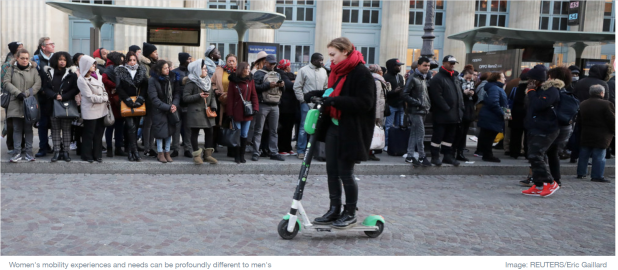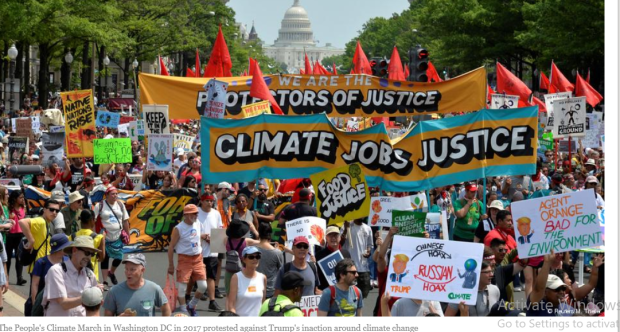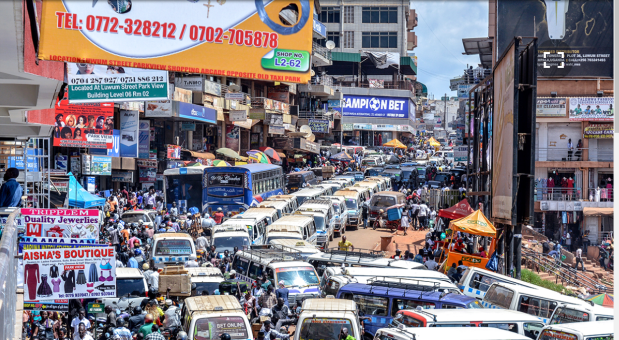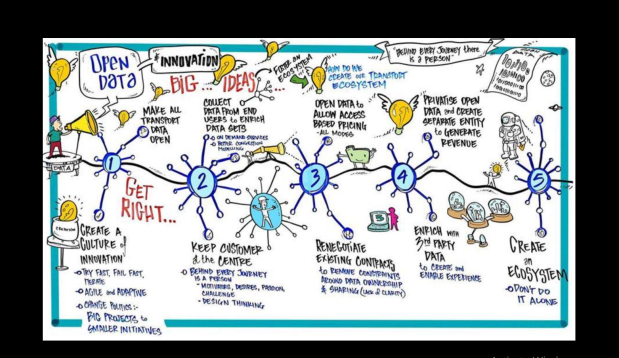
The coronavirus has exposed the ills of continued automobile-centric urban planning practices that adversely impact equity, health and the climate. Those of us who are working from home, own an automobile and can conveniently make grocery runs may overlook the fact that many in this country are not so lucky. Many households rely on public transit systems that are struggling to provide service, or they may bear high transportation costs exacerbated by a lack of access to the most critical of needs.
No technological solution will solve the systemic problems with our urban land use and transportation policies. We simply need to commit to the development of complete neighborhoods and communities that ensure access to food, healthcare, education and jobs — without relying on personal vehicles.
In the midst of this crisis, many are pointing to the outbreak of COVID-19 in urban centers such as New York City to support anti-density arguments. This sentiment is nothing new in the environmental community, much of which grew out of anti-development advocacy of the 1970s and ’80s. But the world is a different place, and it’s time for the environmental community to push back on these arguments.
After all, compact and mixed-use neighborhoods — which can include medium or “gentle” density levels — are, by nature, resilient and energy efficient. Barring supply chain collapse, they far outperform suburban communities in their access to food and other critical needs during crises such as the one we are experiencing.
Why then, do we continue to outlaw this resiliency in most of our cities?






 Intended as a handy research aid, checklist and reminder for students, researchers and others digging into the rich Climate/Mobility nexus and related technical and policy challenges. A certain familiarity with these concepts is desirable; more than that I would say essential.
Intended as a handy research aid, checklist and reminder for students, researchers and others digging into the rich Climate/Mobility nexus and related technical and policy challenges. A certain familiarity with these concepts is desirable; more than that I would say essential.











 From the editor’s desk: If you get it,
From the editor’s desk: If you get it, 